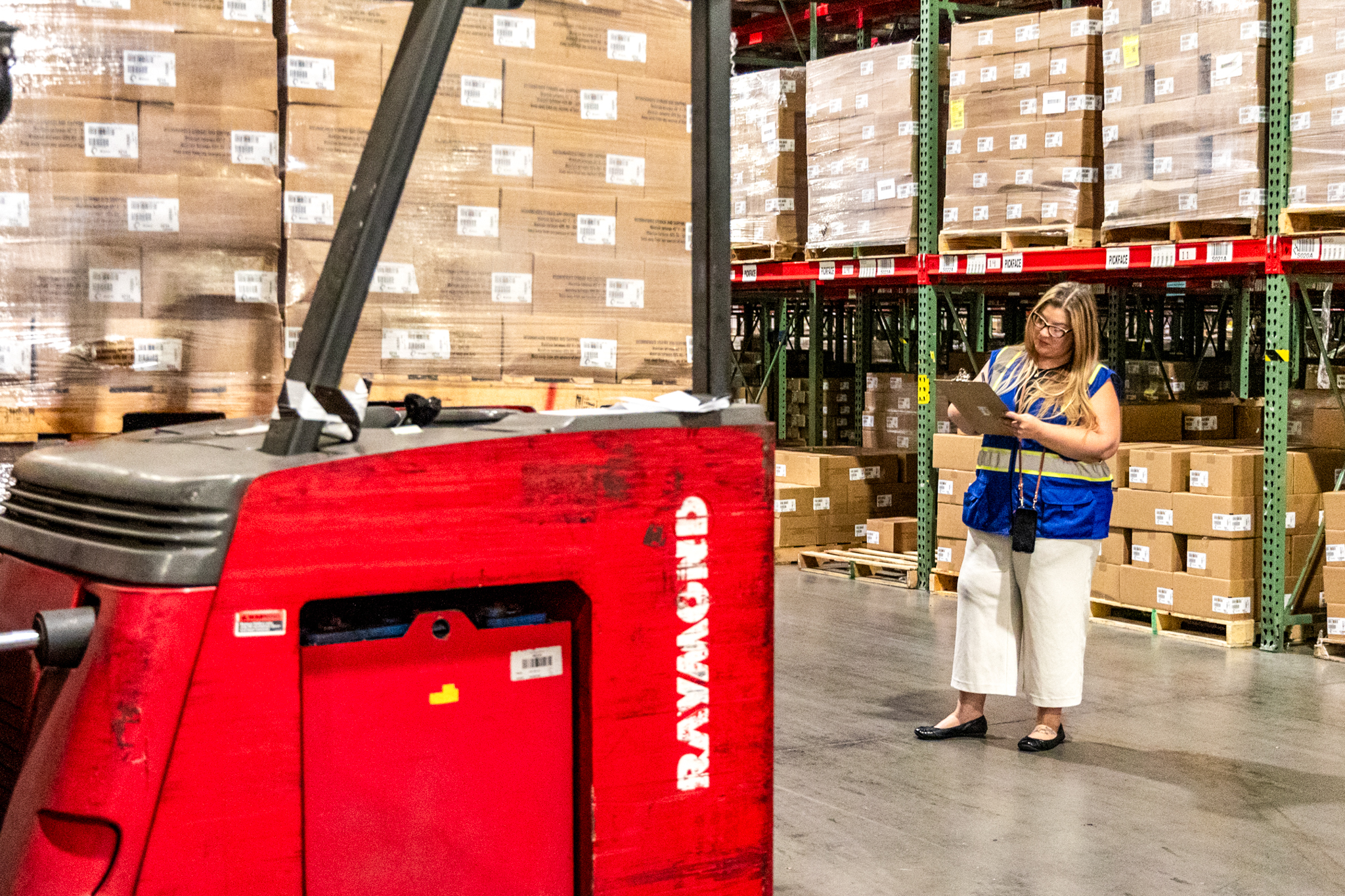Omnichannel isn’t a strategy—it’s an operational standard.
Customers don’t care where they buy, only that they receive the same speed, accuracy, and experience every time. But most fulfillment operations still treat retail, DTC, and wholesale as separate functions—and that’s where execution breaks down.
You can’t deliver omnichannel loyalty with a multi-channel operation. To meet today’s expectations, fulfillment must function as a unified system—one that flexes by channel, but operates from a single operational standard.
In this article, we’ll break down the most effective omnichannel fulfillment strategies so you can eliminate internal friction, drive margin expansion, and create a fulfillment model that supports consistent customer experiences everywhere you sell.
Omnichannel Is an Execution Challenge, Not Just a Tech Problem
Most brands have already made the tech investment—OMS, WMS, carrier integrations, and dashboards. But omnichannel breakdowns don’t happen at the system level. They happen at execution.
Here’s where omnichannel fulfillment falters for even mature brands.
- Inventory is segmented by channel or facility, leading to stockouts or overages that kill margin.
- Order routing lacks intelligence, forcing manual overrides when demand spikes or fulfillment nodes go offline.
- SLAs are tracked in silos, making it impossible to measure performance across the full customer journey.
Technology only solves what your operational design supports. Without a unified fulfillment strategy behind it, tech becomes just another layer to manage.
Omnichannel Fulfillment Strategies to Drive Unified Execution
Fixing omnichannel fulfillment doesn’t require more tools—it requires operational alignment across workflows, teams, and inventory. These strategies separate brands that struggle from those that scale.
1. Unify Inventory Across Channels and Facilities
Channel-specific inventory segmentation slows fulfillment and increases missed opportunities. Centralized inventory visibility allows:
- Real-time allocation based on demand, priority, and proximity.
- Reduction of redundant safety stock.
- Smarter use of high-performing fulfillment nodes.
When your inventory works across all channels, you reduce split shipments, increase sell-through, and optimize warehouse capacity.
2. Automate Order Routing Based on Business Rules
Manual routing creates delays, inconsistencies, and labor-intensive exceptions. Advanced omnichannel operations dynamically route based on:
- Order priority (e.g. overnight, VIP, bulk B2B).
- Inventory availability and facility performance.
- Proximity to customer or delivery SLA.
Automated routing ensures orders get where they need to go—faster and with less intervention—so ops teams can focus on optimization, not firefighting.
3. Build Adaptive Pick/Pack Workflows by Order Type
You can’t process a store replenishment order the same way you process a single-SKU DTC order. Efficient omnichannel operations build workflows that:
- Adapt pick strategies based on order type and channel.
- Use zone, batch, or wave picking as needed per order profile.
- Scale labor and packing lines to match volume and margin.
Adaptive workflows reduce bottlenecks, improve labor utilization, and prevent fulfillment friction across peak demand.
4. Centralize SLA Visibility Across Channels
Without centralized SLA tracking, performance management breaks down. You need visibility across:
- DTC, retail, and B2B SLAs simultaneously.
- Order exceptions in real time.
- Facility-level throughput and deviation by channel.
Centralized performance data allows faster resolution, better accountability, and smarter continuous improvement across fulfillment operations.
Signs Your Omnichannel Fulfillment Model Is Breaking Down
The symptoms of a fractured omnichannel operation are easy to spot if you’re tracking the right signals. Most brands know something’s wrong, but treat the symptoms instead of fixing the system.
If these issues sound familiar, it’s time to realign your fulfillment model.
- Split shipments are increasing: Your inventory isn’t flowing as a single network.
- SLA compliance is inconsistent across channels: Your tracking is fragmented—or nonexistent.
- Ops teams are siloed by channel: Internal disconnect is driving redundant work, misaligned metrics, and slow resolution.
A fragmented fulfillment model doesn’t fail because it lacks complexity—it fails because it lacks cohesion. The brands winning in omnichannel aren’t doing more—they’re executing better, with systems designed to deliver consistently across every order, channel, and SLA.
When omnichannel fulfillment strategies are unified, execution scales. The result is fewer split shipments, faster cycle times, and a brand experience that holds up regardless of where the customer shops. That’s how high-growth brands protect both customer trust and operational margin.
This isn’t about layering on more tech or more teams. It’s about eliminating friction between systems, workflows, and touchpoints—so your fulfillment can keep pace with demand without sacrificing control.
If you’re ready to evaluate whether their current fulfillment operations are built to scale, download this Fulfillment Growth Readiness Worksheet. It will help you assess key operational areas and identify gaps that could impact your ability to grow efficiently.












